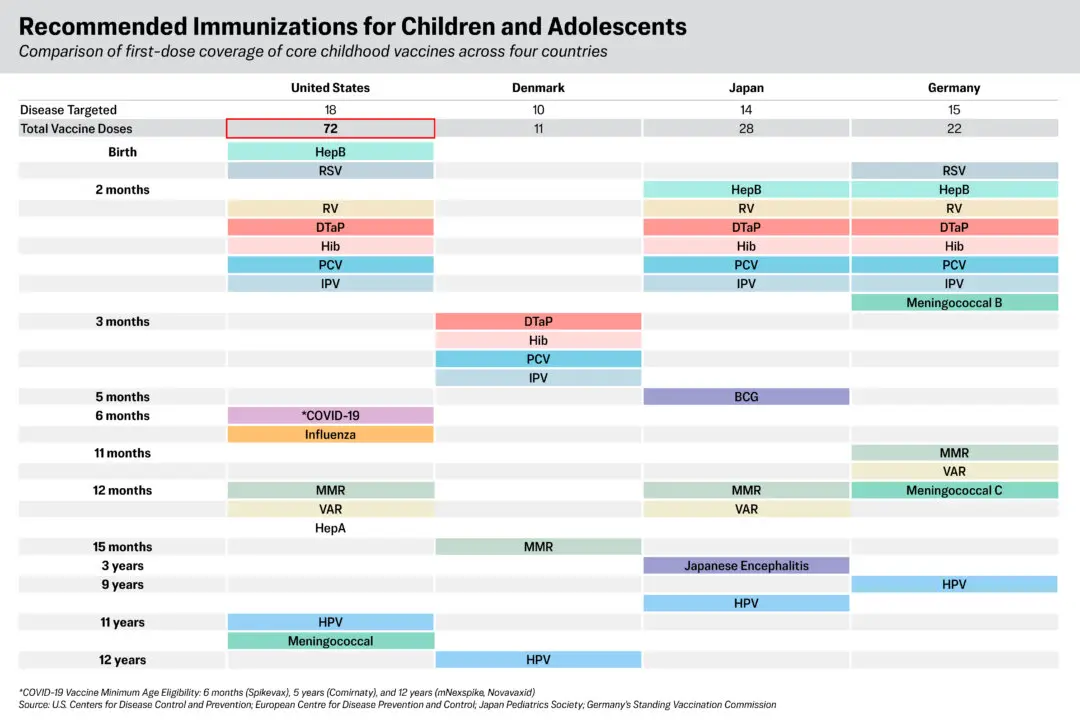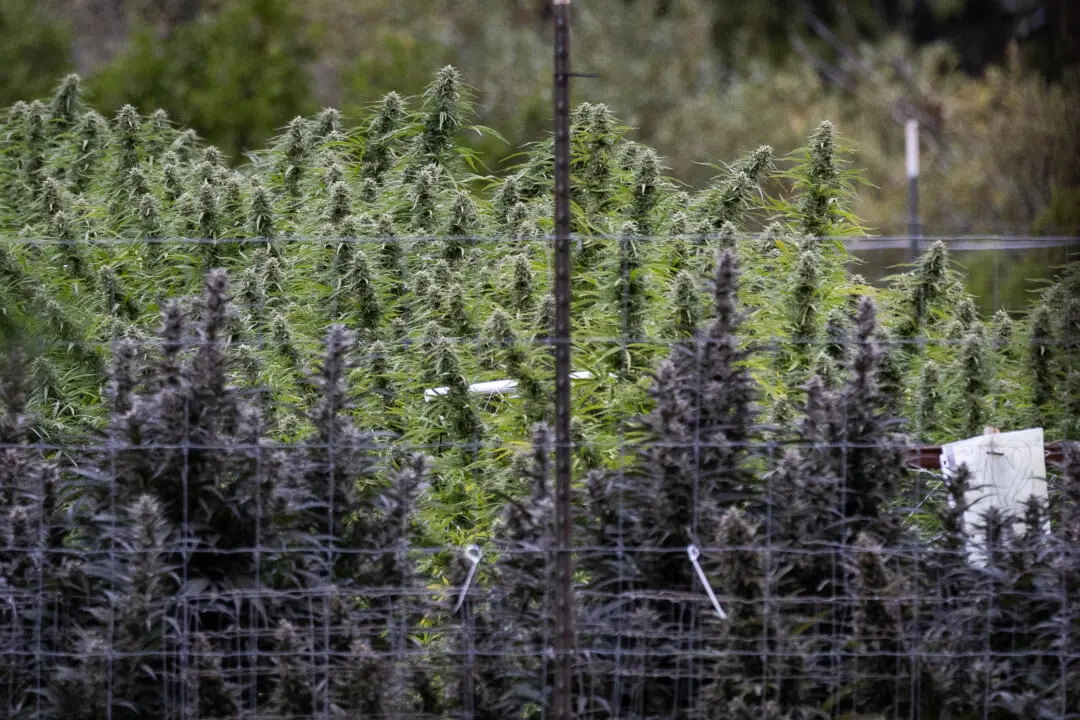Advances in science and medicine since the 1973 Supreme Court ruling in Roe v. Wade show why justices should overturn the historic decision, Rep. Kat Cammack (R-Fla.) says.
“Roe v. Wade came at a time when the science wasn’t reflective of the fact that life begins at conception. Today, we know that to be true. And we know that the child in the womb can feel pain. We have science on our side,” Cammack said during an interview with NTD’s “Capitol Report“ over the weekend.





